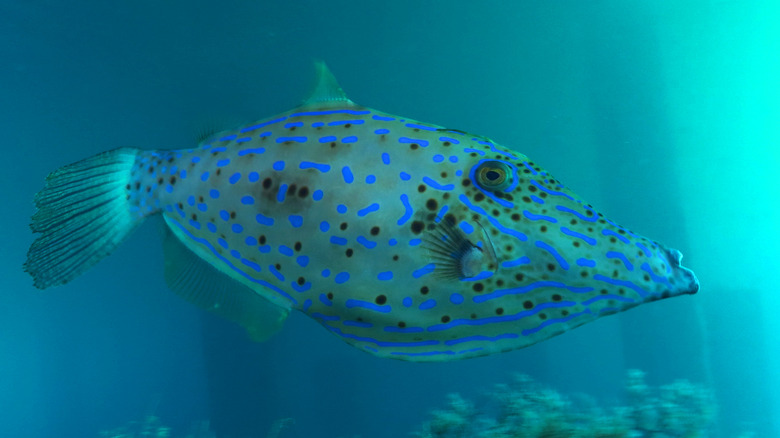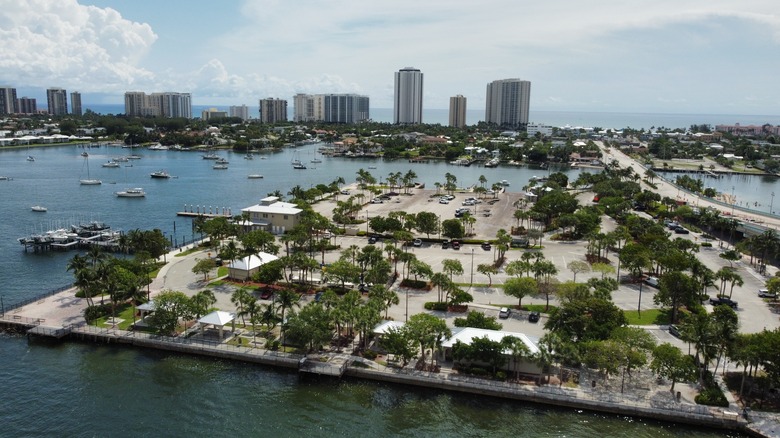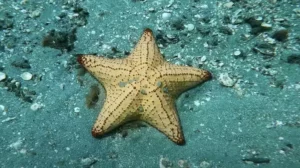The Most Incredible US Beach For Scuba Diving
Discover the ocean’s magical and mystifying beauty at Blue Heron Bridge in Riviera Beach, Florida. This shore dive is considered one of the best in the country and is very easy to access and navigate. Whether you’re just getting started with scuba diving or you’re an experienced dive master, you’re bound to enjoy a dive at Blue Heron Bridge.
Imagine floating just inches above the seabed as you spy a camouflaged octopus, seahorses, scrawled filefish, starfish, and purple moray eels. All these creatures and many other species of fish and sea mammals are just waiting to greet you.
While the local marine life is surely something to behold, that’s not all that waits for you at Blue Heron Bridge. There is also a snorkel trail that’s packed with interesting man-made formations for you to explore. What else awaits you under the sea? Let’s find out.

What to expect when you dive Blue Heron Bridge

While there are many amazing places to scuba dive around the U.S. and internationally, Blue Heron Bridge is in a league of its own. With its crystal clear waters and wealth of marine life, you’d really be missing out if you skipped this dive. According to the official website for Palm Beach County, “A snorkel trail made of limestone boulders and prefabricated reef modules spans a two-acre area in 6 to 10 feet of water. 600 tons of rock were used to build this artificial reef!” Along the designated snorkel trail (also open to divers) are small wrecks, statues of sharks, and a bustling habitat of seahorses.
As the name of this dive spot suggests, there is also a bridge where you can find an entire mini-ecosystem of marine life with countless creatures attached to and swimming around the pilings. North of the bridge is a rubble pile with more reef fish like angelfish and parrotfish. Lastly — and probably most excitingly for many divers — you might just see manatees, dolphins, and sea turtles. Take a moment to watch them from a distance as they graze on the seagrass or play together in their pods.
How to safely dive at Blue Heron Bridge

One of the best things about Blue Heron Bridge is its ease of access. While it’s almost always recommended to go with a dive tour group or a local dive master who knows the area well, you could go on your own. You can park your car at Phil Foster Memorial Park and head to the north side of the bridge to the staging area. This is where you will start your shore dive.
The main safety concerns you face at Blue Heron Bridge are the boats that roam nearby and lines from the fishermen along the fishing pier. Be sure to have a divers-down warning device (a red flag that bobs on the surface of the water to warn boaters of your presence) and carry a dive knife in case you get caught up in some fishing line.
Lastly, you’ll want to time your dive correctly to take advantage of the clearest waters and avoid strong currents. You can do this by checking the Blue Heron Bridge Tide Table. Night diving at this location is also said to be breathtaking, but it requires a permit, or you must go with a guide.








